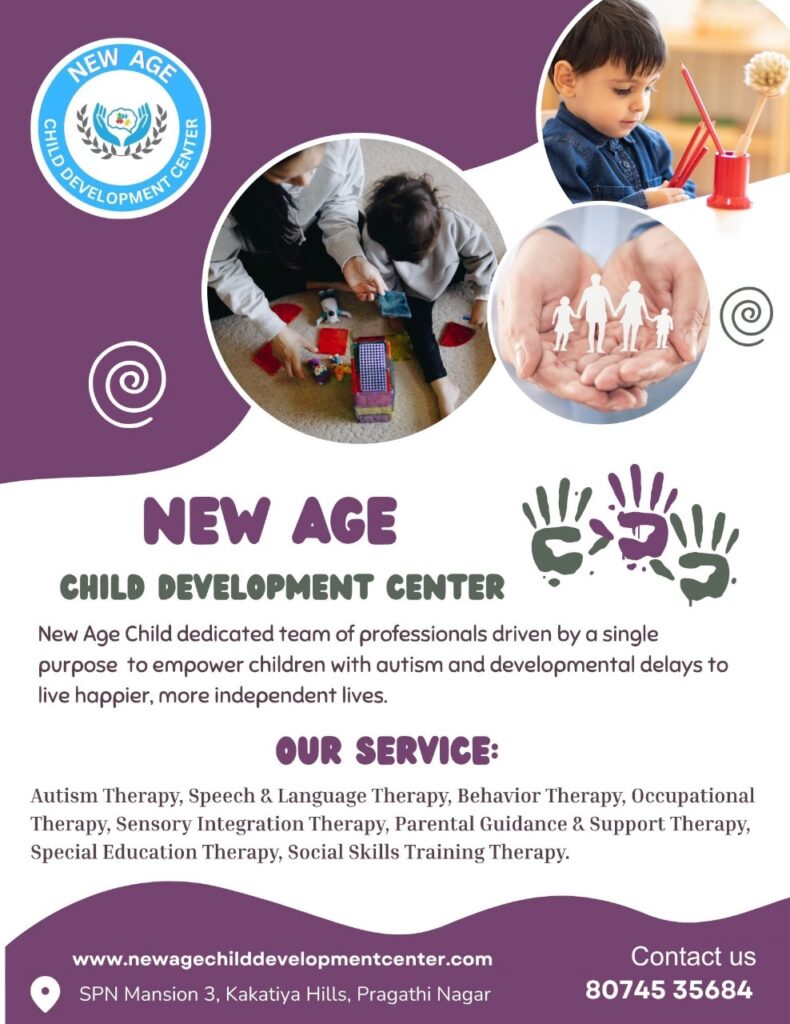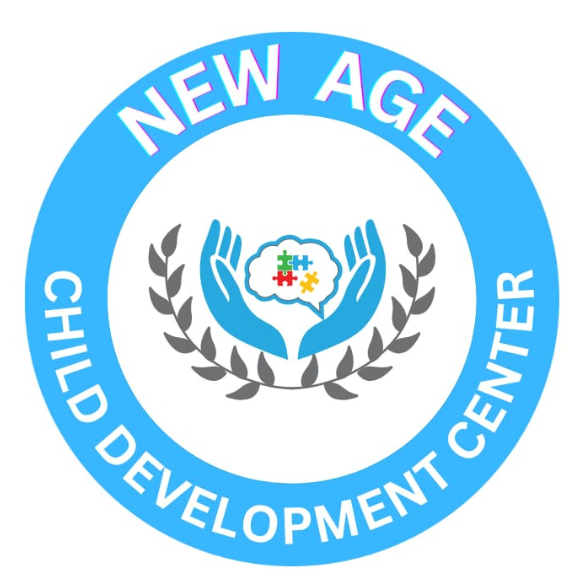Discover the differences and similarities between Non-Verbal Learning Disorder (NVLD) and Autism Spectrum Disorder. At New Age Child Development Center, understanding the nuances between Non-Verbal Learning Disorder (NVLD) and Autism Spectrum Disorder (ASD) is essential for early intervention and effective child development. Though these two conditions share certain traits, they differ significantly in causes, symptoms, and treatment approaches. This blog explores how both affect children and what parents should look for.

Children with non-verbal learning disorder often exhibit strong verbal skills but struggle with visual-spatial reasoning, motor coordination, and social interactions. They can easily understand language but may find it challenging to interpret non-verbal cues such as facial expressions, tone, or gestures. Conversely, Autism Spectrum Disorder is characterized by difficulties in communication, repetitive behaviors, and restricted interests. Kids with autism may show language delays, avoid eye contact, or prefer repetitive routines.
While both conditions involve social communication challenges, their root causes differ. NVLD stems from weaknesses in the right hemisphere of the brain, which affects visual-spatial processing. Autism, however, involves broader neurodevelopmental differences impacting social, sensory, and behavioral regulation. At New Age Child Development Center SPN Mansion 3, Pragathi Nagar Kakatiya Hills, ALEAP Circle, Pragathi Nagar, therapists focus on identifying these core differences to create personalized development plans for each child.
One major similarity between NVLD and autism is the difficulty in understanding social cues. Both groups of children might misinterpret sarcasm or struggle to maintain peer relationships. However, children with NVLD typically have strong language comprehension and often appear more socially motivated than those with autism. Meanwhile, autistic children might face challenges in using verbal and non-verbal communication together, such as gestures and eye contact.
A key difference lies in motor and sensory processing. Children with NVLD usually exhibit clumsiness or difficulty with tasks like tying shoelaces or drawing shapes. In contrast, children with autism may display either hypersensitivity or lack of response to sensory stimuli such as sounds, textures, or lights. Understanding these nuances helps caregivers at New Age Child Development Center SPN Mansion 3, Pragathi Nagar, Kakatiya Hills, ALEAP Circle, and Pragathi Nagar design sensory-friendly learning environments that meet each child’s unique needs.
Early diagnosis and therapy can make a world of difference. While NVLD is best managed through occupational therapy, social skills training, and visual-spatial learning strategies, autism may require Applied Behavior Analysis (ABA), speech therapy, and sensory integration programs. Each child deserves an individualized approach to learning and growth.
At the heart of both conditions is the need for empathy, patience, and understanding. Parents and educators play a vital role in supporting children’s emotional and academic journeys. By partnering with experts at New Age Child Development Center SPN Mansion 3, Pragathi Nagar, Kakatiya Hills, ALEAP Circle, Pragathi Nagar, families can ensure their children receive the right combination of therapy, education, and encouragement.



